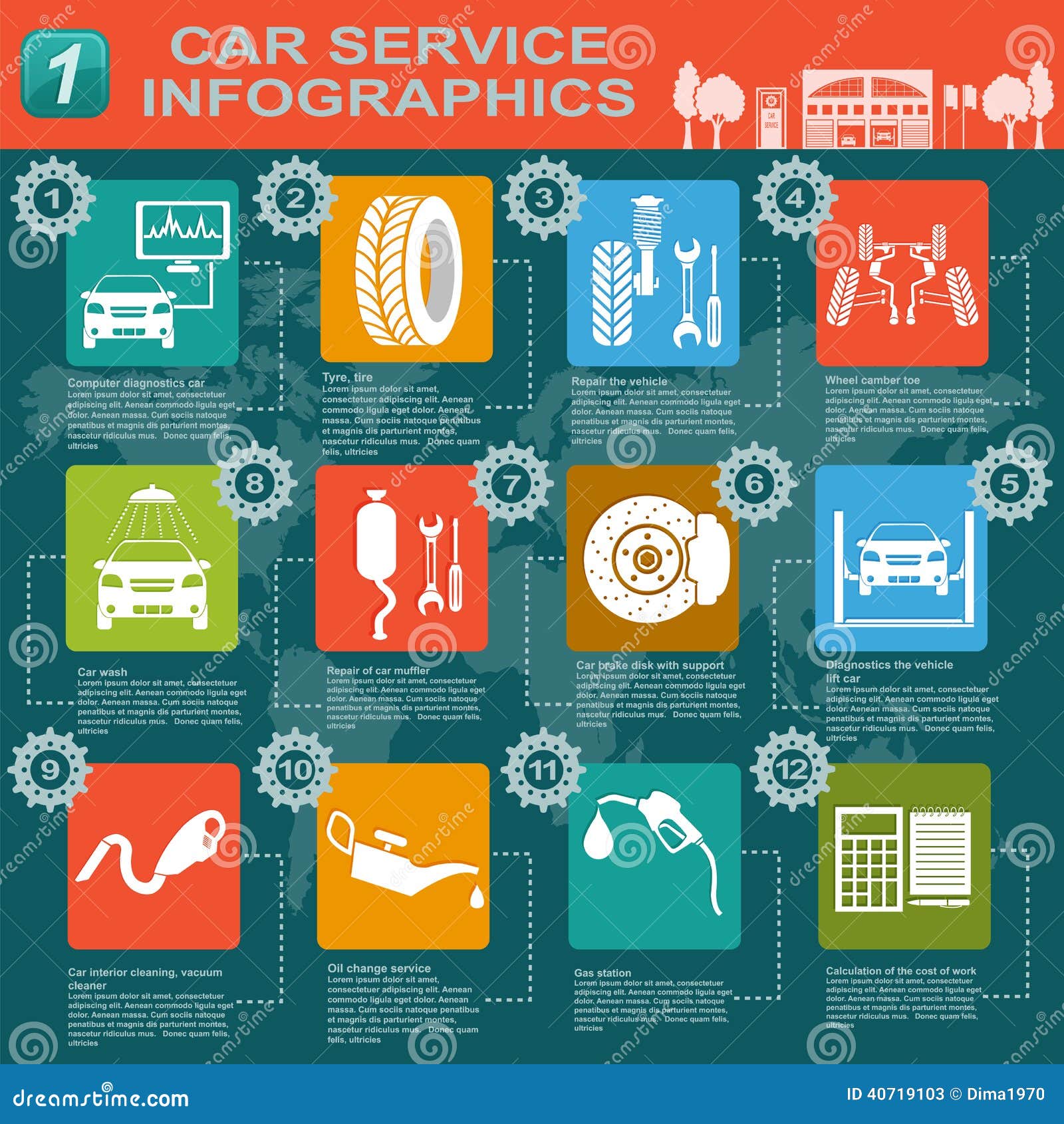Understanding The Definition Behind Your Automobile'S Warning Lighting: An In-Depth Look
Understanding The Definition Behind Your Automobile'S Warning Lighting: An In-Depth Look
Blog Article
you could look here -Hartley Stark
When you're behind the wheel, those beautiful warning lights on your control panel can be a bit difficult. Do you recognize what they're attempting to inform you about your cars and truck's health? Understanding the significance of these lights is important for your safety and the durability of your automobile. So, the following time among those lights pops up, would not you intend to analyze its message precisely and take the necessary actions to address it?
Common Caution Lighting and Interpretations
Determine typical warning lights in your vehicle and understand their significances to ensure secure driving.
The most common warning lights include the check engine light, which indicates concerns with the engine or emissions system. If this light comes on, it's crucial to have your automobile checked without delay.
The oil stress warning light shows low oil pressure, requiring instant attention to prevent engine damages.
A blinking battery light could recommend a malfunctioning billing system, potentially leaving you stranded if not attended to.
The tire pressure tracking system (TPMS) light alerts you to low tire stress, influencing car stability and gas effectiveness. Ignoring this might result in unsafe driving conditions.
The abdominal muscle light shows an issue with the anti-lock stopping system, endangering your capability to quit rapidly in emergencies.
Finally, the coolant temperature level warning light warns of engine overheating, which can result in severe damages if not resolved promptly.
Understanding these typical caution lights will certainly assist you resolve concerns without delay and preserve safe driving conditions.
Significance of Prompt Interest
Understanding the common caution lights in your cars and truck is only the first step; the relevance of quickly attending to these cautions can't be stressed enough to ensure your safety and security when traveling.
When a caution light illuminates on your control panel, it's your automobile's way of communicating a potential concern that requires attention. Disregarding these cautions can lead to more severe issues down the road, jeopardizing your safety and security and potentially costing you more in repairs.
Trigger focus to advising lights can avoid malfunctions and crashes. As an example, a blinking check engine light could suggest a misfire that, if left neglected, might create damages to the catalytic converter. Addressing this quickly can save you from a pricey fixing.
In a similar way, a brake system alerting light may signal low brake liquid or used brake pads, essential elements for your security when driving.
Do It Yourself Troubleshooting Tips
If you notice a caution light on your control panel, there are a few DIY fixing ideas you can attempt before seeking expert help.
The initial step is to consult your cars and truck's manual to understand what the particular caution light suggests. Sometimes the problem can be as easy as a loosened gas cap activating the check engine light. Tightening up the gas cap might fix the issue.
https://ecu-tune-near-me83951.newbigblog.com/37268935/would-certainly-you-like-to-discover-amazing-auto-repair-facilities-situated-near-you is a low battery, which can cause different warning lights. Examining the battery links for rust and guaranteeing they're secure may fix the issue.
If a warning light continues, you can try resetting it by separating the automobile's battery for a few mins and then reconnecting it. Furthermore, examining your car's fluid levels, such as oil, coolant, and brake liquid, can help fix alerting lights associated with these systems.
Conclusion
To conclude, understanding your auto's warning lights is essential for keeping your automobile running smoothly and securely. By quickly attending to these signals and understanding what they indicate, you can prevent costly fixings and potential breakdowns.
Remember to consult your automobile's manual for certain information on each advising light and do something about it appropriately to make sure a trouble-free driving experience.
Stay informed, remain risk-free on the road!
